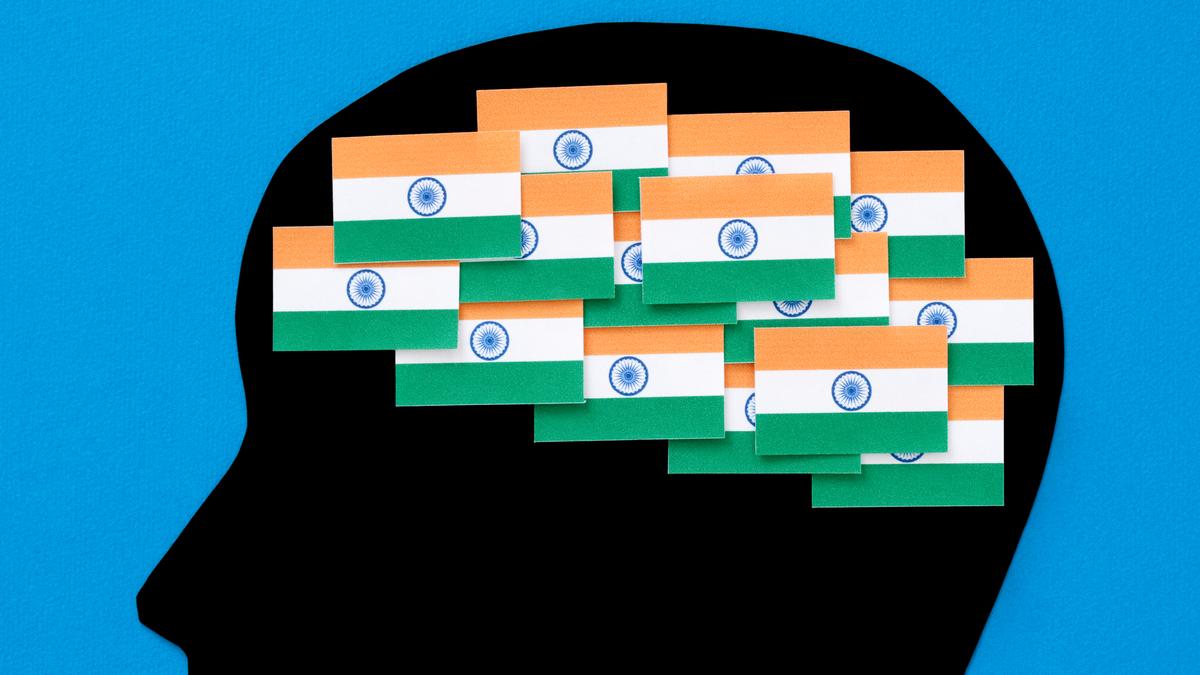- Courses
- GS Full Course 1 Year
- GS Full Course 2 Year
- GS Full Course 3 Year
- GS Full Course Till Selection
- Answer Alpha: Mains 2025 Mentorship
- MEP (Mains Enrichment Programme) Data, Facts
- Essay Target – 150+ Marks
- Online Program
- GS Recorded Course
- Polity
- Geography
- Economy
- Ancient, Medieval and Art & Culture AMAC
- Modern India, Post Independence & World History
- Environment
- Governance
- Science & Technology
- International Relations and Internal Security
- Disaster Management
- Ethics
- NCERT Current Affairs
- Indian Society and Social Issue
- NCERT- Science and Technology
- NCERT - Geography
- NCERT - Ancient History
- NCERT- World History
- NCERT Modern History
- CSAT
- 5 LAYERED ARJUNA Mentorship
- Public Administration Optional
- ABOUT US
- OUR TOPPERS
- TEST SERIES
- FREE STUDY MATERIAL
- VIDEOS
- CONTACT US
Socialism and Secularism: Foundational Pillars of the Indian Constitution
Socialism and Secularism: Foundational Pillars of the Indian Constitution

Why in the News
- There has been increasing debates around removing the words “Socialist” and “Secular” from the Preamble of the Indian Constitution.
- These debates are linked to the criticism of the Emergency period (1975–77), during which these words were added via the 42nd Constitutional Amendment (1976).
- This undermines the core values and foundational philosophy of the Indian Republic.
Key Highlights
- The debate is not just about two words, but is also challenges the spirit and identity of the Constitution.
- Dr. B.R. Ambedkar’s Vision
- In his last speech to the Constituent Assembly (November 25, 1949), Ambedkar emphasized equality as a guiding principle.
- He argued that political democracy must be accompanied by social and economic democracy, the essence of socialism and secularism.
- Socialism and Secularism are not limited to the Preamble, they are reflected across:
- Fundamental Rights
- Directive Principles of State Policy (DPSP)
- Basic Structure Doctrine
- These values are rooted in India’s anti-colonial struggle, Constituent Assembly debates, and the Objective Resolution moved by Jawaharlal Nehru in 1946.
Socialism in the Constitution
- Indian socialism is not about complete state control. It refers to:
- Social and economic justice
- Reduction of inequalities
- Welfare of the weaker sections
- Equal opportunity for all
- Where is it reflected in the Constitution?
- Preamble (post-42nd Amendment)
- Promises Justice: social, economic, and political
- Ensures Equality of status and opportunity
- Fundamental Rights
- Article 14: Equality before law and equal protection of laws
- Article 15: No discrimination based on religion, race, caste, sex, place of birth
- Article 16: Equal opportunity in public employment.
- Article 21: Right to life includes dignified living, often linked to social justice.
- Article 23–24: Protection from exploitation, reflects socialist concerns.
- Directive Principles of State Policy (Part IV)
- Article 38: State to secure a social order for the promotion of welfare
- Article 39: Ensures equal distribution of resources, adequate livelihood, no concentration of wealth
- Article 41: Right to work, education, and public assistance in certain cases
- Article 42: Just and humane conditions of work and maternity relief
- Article 43: Living wage and decent standard of life for all workers
- Preamble (post-42nd Amendment)
- Impact on Law and Governance
- Inspired key laws like land reforms, MGNREGA, food security
- Upheld in various Supreme Court rulings supporting social welfare policies
Secularism in the Constitution
- Secularism means
- Not mere religious neutrality, but equal respect for all religions
- State can regulate religion-related activities but must not favour any one religion
- Where is it reflected in the Constitution?
- Preamble (post-42nd Amendment)
- Assures Liberty of thought, expression, belief, faith and worship
- Ensures Fraternity and dignity of the individual
- Fundamental Rights:
- Article 25: Freedom of conscience and right to freely profess, practise, and propagate religion
- Article 25(2)(a) (even before 1976) – Allows state to regulate religious practices for social reform
- Article 26: Freedom to manage religious affairs
- Article 27: No tax shall be used to promote a religion
- Article 28: No religious instruction in state-funded institutions
- Article 25: Freedom of conscience and right to freely profess, practise, and propagate religion
- Cultural & Educational Rights:
- Article 29: Protection of interests of minorities
- Article 30: Minorities have the right to establish and administer educational institutions
- Preamble (post-42nd Amendment)
- Judicial Recognition
- In Kesavananda Bharati vs State of Kerala (1973), the Supreme Court held that Secularism is part of the Basic Structure of the Constitution.
- Thus, it cannot be amended or removed by Parliament.
Constitution as a Living Document
- The Constitution is dynamic, adapting to the needs of changing times while keeping its basic structure intact.
- The Basic Structure Doctrine (Kesavananda Bharati, 1973) ensures Parliament can amend the Constitution but cannot alter its core values.
- The 42nd Amendment (1976) added "Socialist" and "Secular" but did not introduce new values, it merely made explicit what was already implicit in the Constitution.
Challenges and Way Forward
|
Challenge |
Way Forward |
|
Attempts to remove or weaken core constitutional values like secularism and socialism |
Strengthen public awareness and reaffirm commitment to constitutional morality |
|
Misuse of history (like the Emergency) to delegitimize progressive ideals |
Educate citizens about the continuity of constitutional values before and after 1976 |
|
Rise of majoritarian ideology that contradicts secular ideals |
Promote inclusive governance, protect minority rights, and ensure judicial independence |
|
Efforts to dilute welfare and equality principles in policy making |
Ensure laws reflect Directive Principles, and courts safeguard social justice goals |
Conclusion
The call to remove socialism and secularism from the Preamble is not about history, it is about reshaping the future. These ideals are not just words; they are integral to India’s identity as a democratic republic. From the freedom struggle to the Constitution, they have guided India’s journey. Removing them would not erase their presence, because they are deeply woven into the very structure and soul of the Constitution. All who believe in justice, liberty, equality, and fraternity must defend these values and resist attempts to undermine them.
|
Ensure IAS Mains Question Q. “Socialism and secularism are not mere insertions but inherent principles of the Indian Constitution.” In light of recent debates on the Preamble, critically examine their significance in the constitutional scheme of India. (250 words) |
|
Ensure IAS Prelims Question Q. Consider the following statements
Which of the above statements is/are correct?
Answer: b Explanation Statement 1 is incorrect: The words socialist and secular were added in 1976 via the 42nd Amendment, not in the original Preamble. Statement 2 is correct: In 1973, the Supreme Court held that secularism is part of the basic structure and cannot be amended. Statement 3 is incorrect: Articles 25 to 28 deal with the Right to Freedom of Religion, not the Right to Equality (Articles 14 to 18). |



